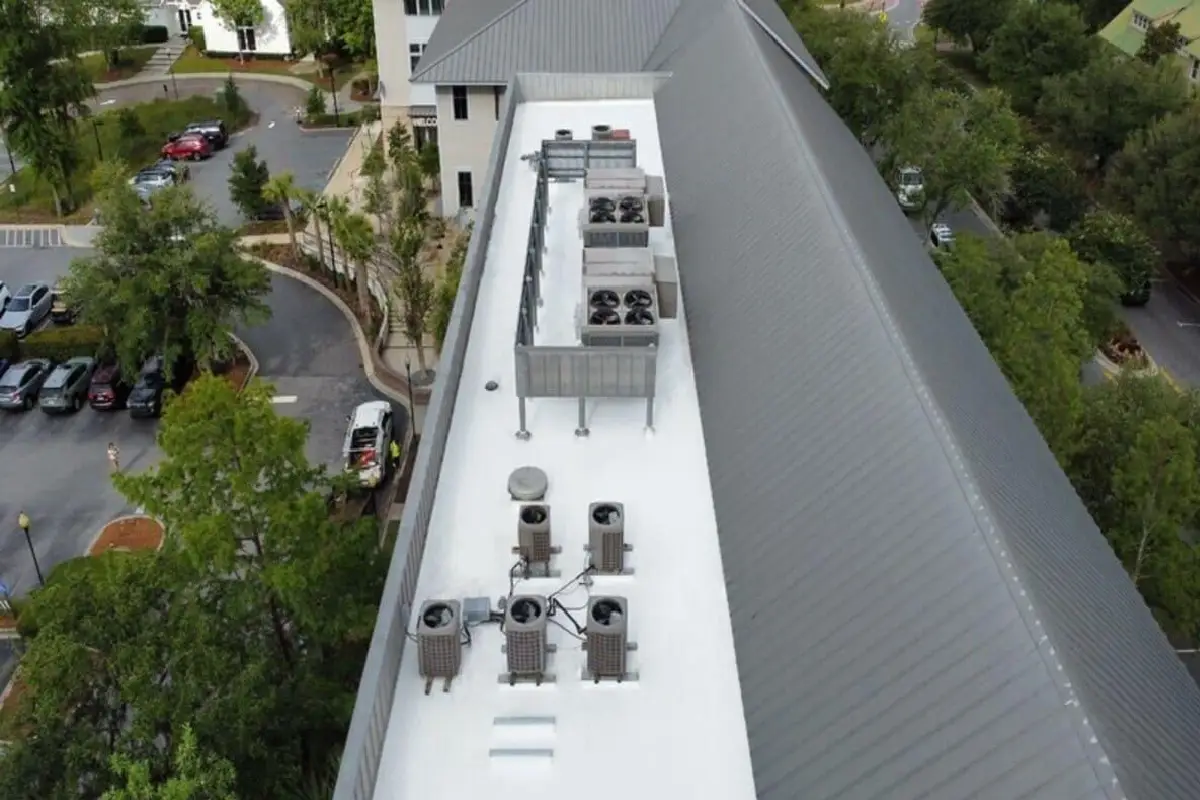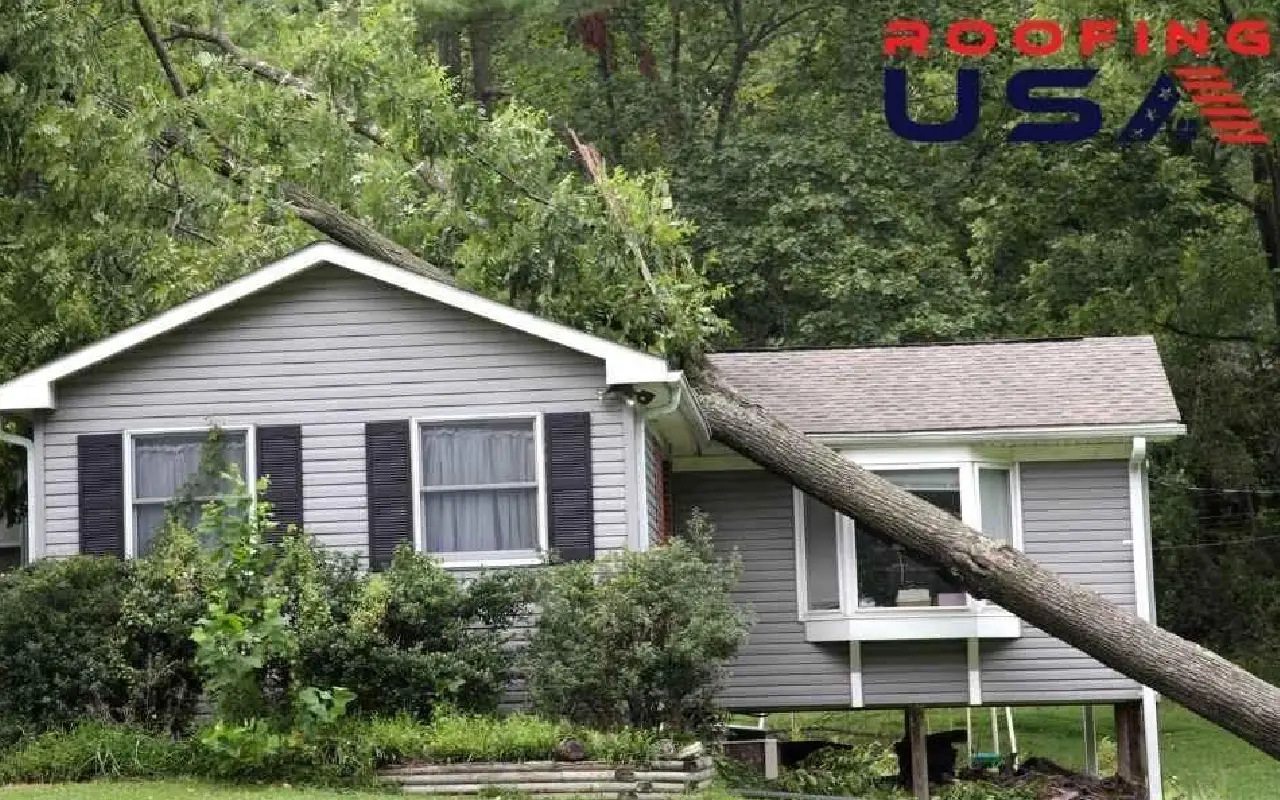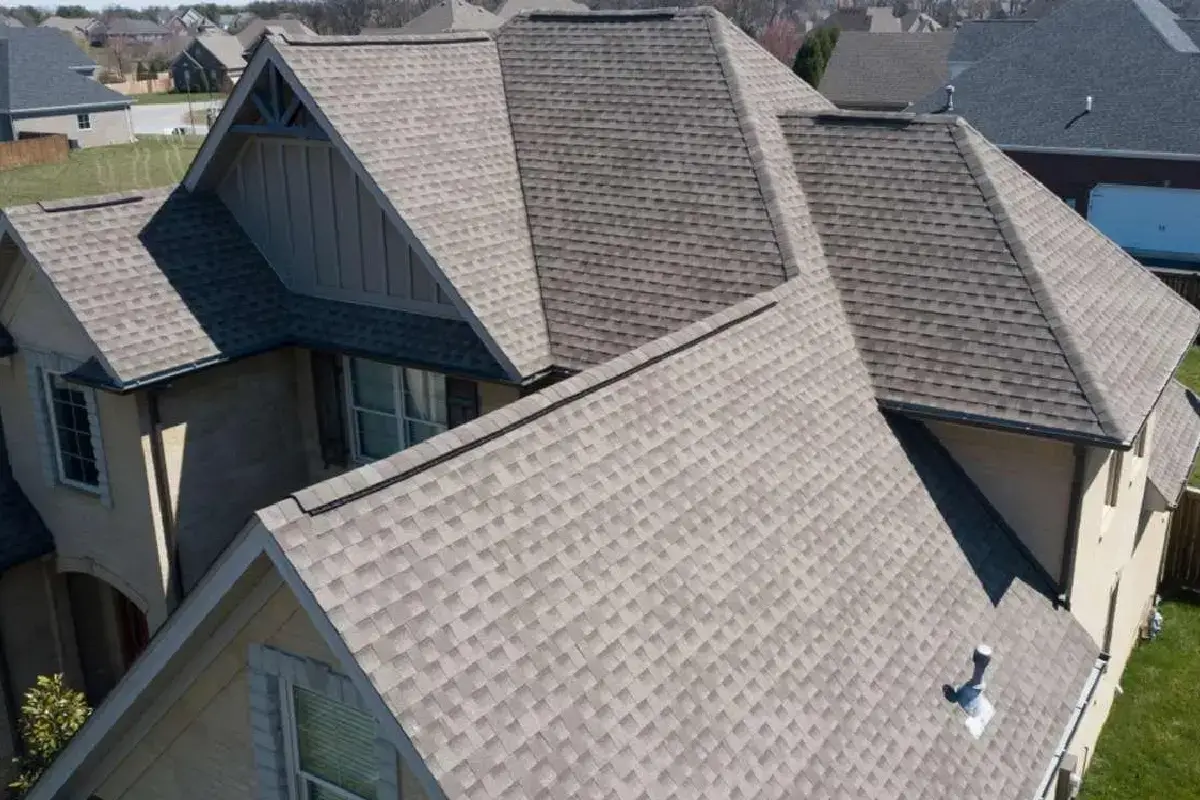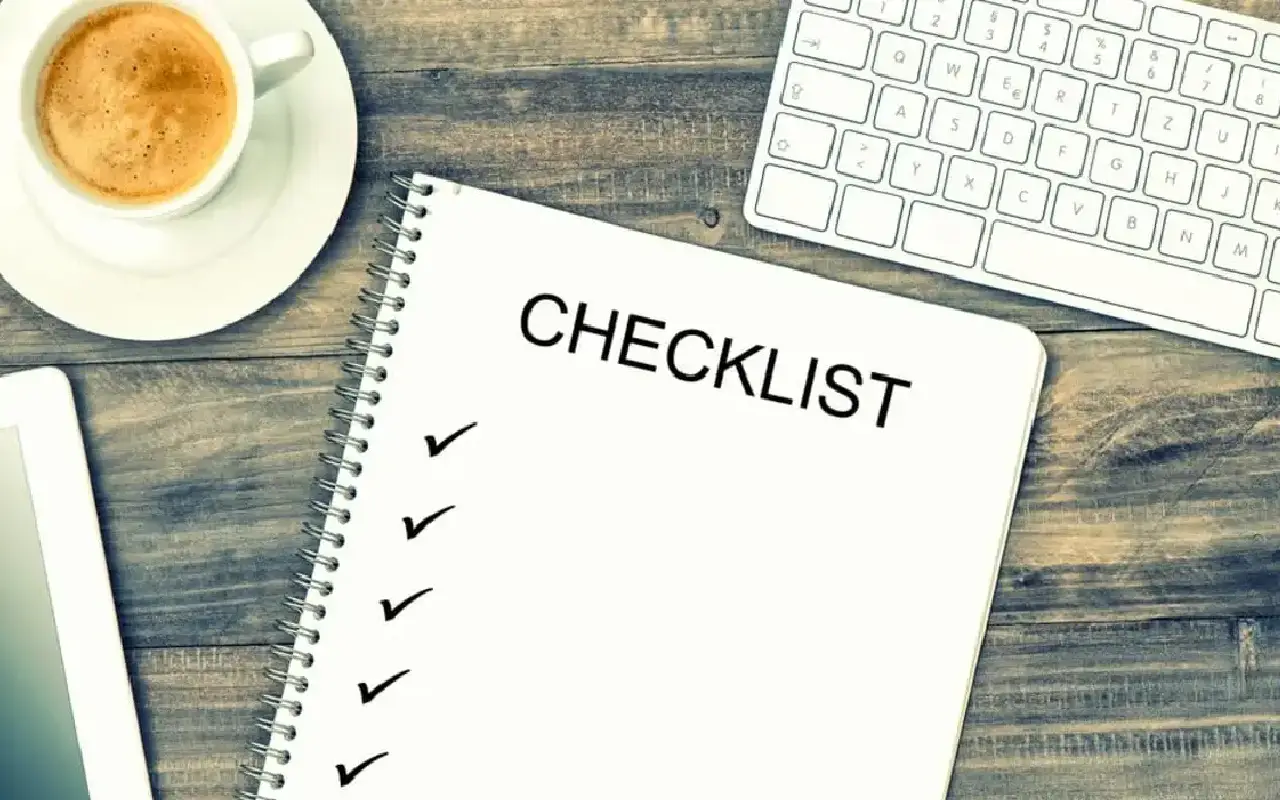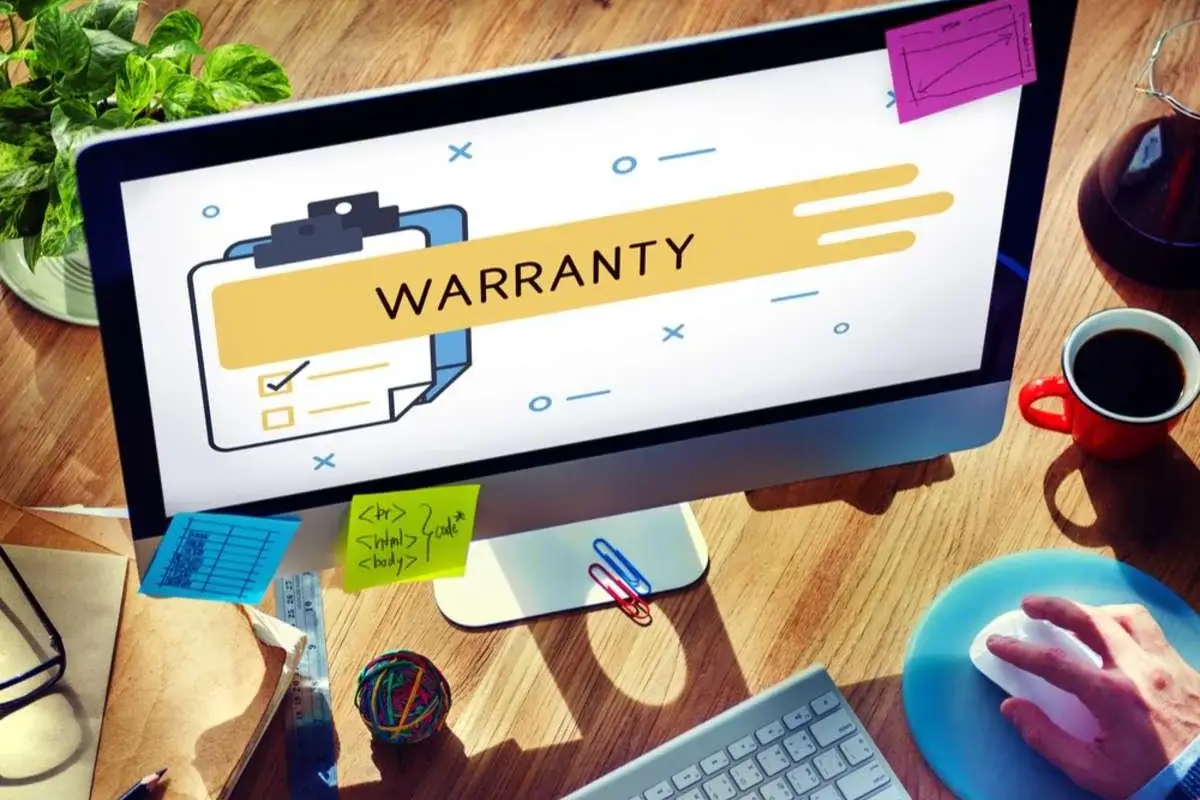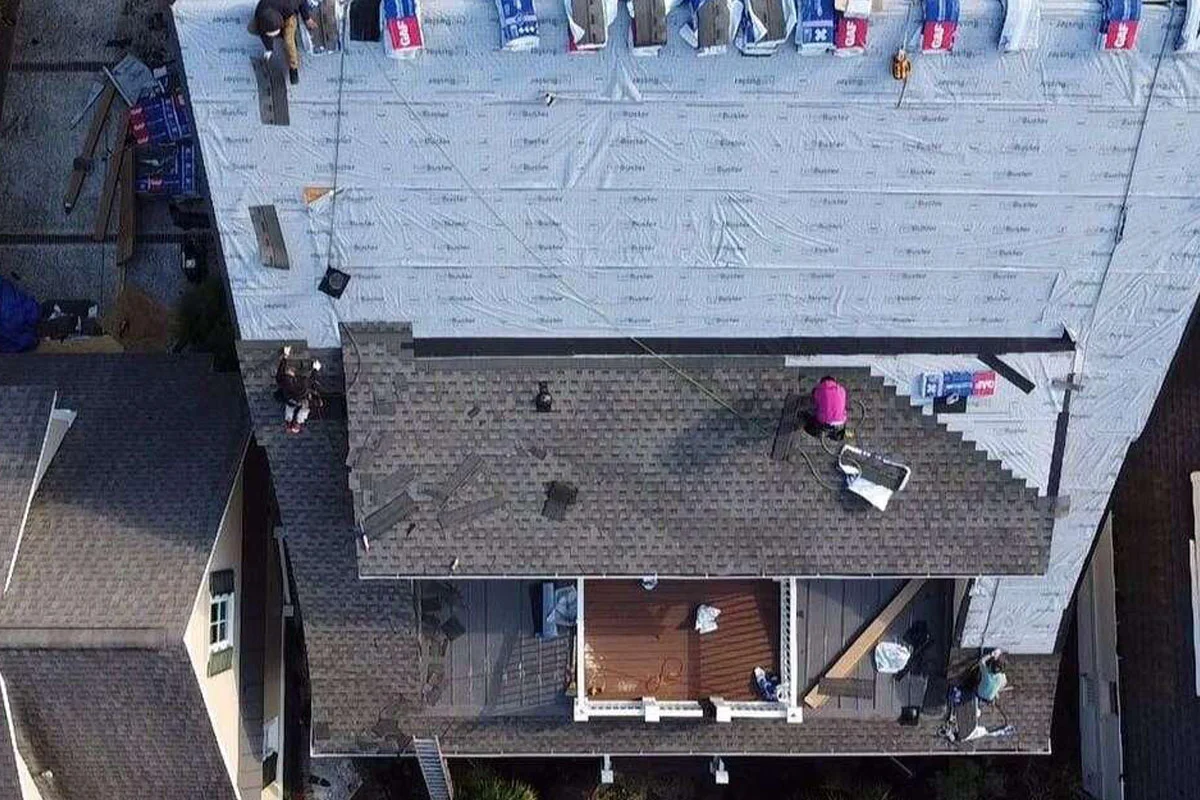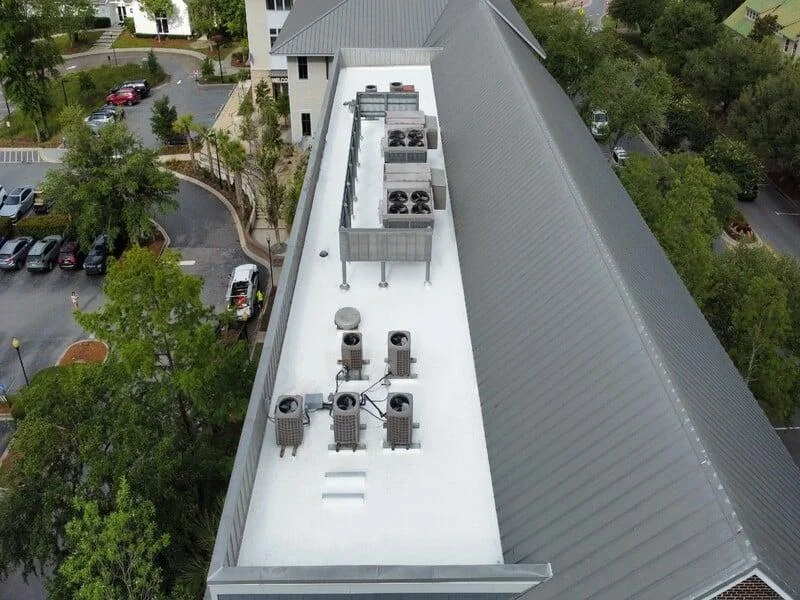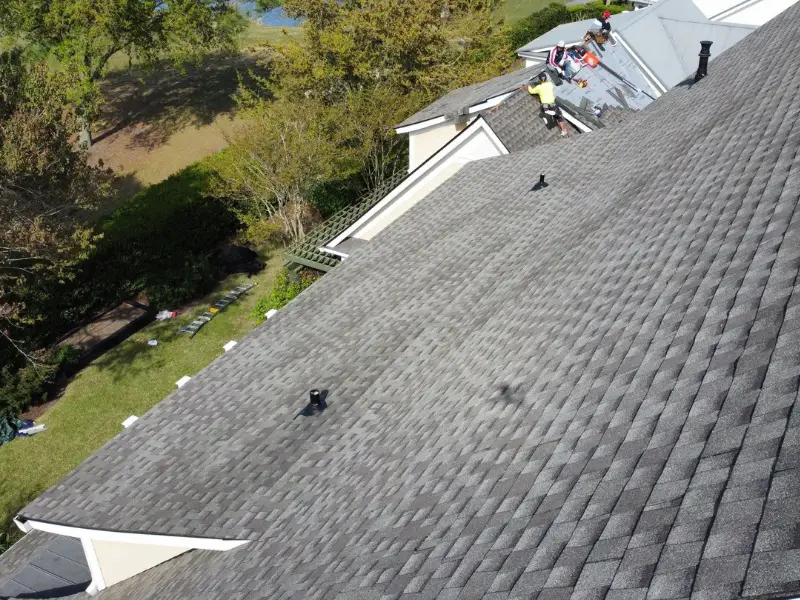Commercial buildings are often subjected to harsh weather conditions, constant exposure to the elements, and the test of time. Over the years, these factors can take a toll on the roof, causing it to deteriorate and compromise the structure’s integrity. To ensure the longevity and safety of the building, commercial roof replacement becomes an essential undertaking for commercial building owners and general managers.
A well-maintained and structurally sound roof is crucial for protecting the building, its occupants, and valuable assets. It serves as the first line of defense against rain, snow, wind, and other elements that may cause damage. However, even well-built roofs have a limited lifespan. Over time, signs of wear and tear appear, necessitating commercial roof replacement.
By proactively addressing the need for roof replacement, commercial building owners and general managers can avoid costly repairs and potential disruptions to business operations.
So let’s embark on this journey of understanding the intricacies of commercial roof replacement and discover how it can safeguard your investment, enhance your building’s performance, and provide peace of mind for years to come.
Signs that Indicate the Need for Commercial Roof Replacement
When maintaining a commercial building, the roof is often overlooked. However, it plays a crucial role in protecting the structure from the elements and ensuring the safety and comfort of those inside.
Over time, even the most durable roofs can show signs of wear and tear. As a responsible commercial building owner or general manager, be aware of the signs that indicate the need for commercial roof replacement.
Age of the Roof
One of the primary indicators that a commercial roof may need replacement is its age. Commercial roofs are designed to withstand the test of time, but they are not invincible.
Most roofs have a lifespan of about 20 to 30 years, depending on the materials used and the climate they are exposed to. If your roof is nearing or has exceeded its expected lifespan, it’s time to consider a replacement.
Extensive Damage
Another clear sign that a commercial roof needs replacement is extensive damage. This can come in various forms, such as sagging areas or visible cracks.
Regularly inspect your roof to identify any signs of damage. Commercial roof inspection by a professional can help detect hidden issues that may not be visible to the naked eye.
Frequent Leaks
One of the most concerning signs of a deteriorating commercial roof is frequent leaks. If you notice water stains on the ceiling, damp spots on the walls, or water pooling in certain areas, indicates that the roof is compromised.
Leaks not only pose a risk to the structural integrity of the building but can also lead to mold growth and damage to valuable equipment or inventory. Addressing leaks is crucial to prevent further damage.
To ensure the longevity and performance of your commercial roof, it’s essential to take action when these signs become evident. Commercial roofing contractors and companies can provide expert guidance on the best course of action for your specific situation. They can recommend suitable roofing systems like modified bitumen roofing, single-ply roofing membranes, or spray foam roofing that will meet your needs and budget.
By being proactive and addressing the signs of a deteriorating roof, you can avoid costly repairs and potential disruptions to your business operations. Investing in a new roof not only protects your commercial building but also provides peace of mind that you have taken the necessary steps to ensure the safety and longevity of your property.
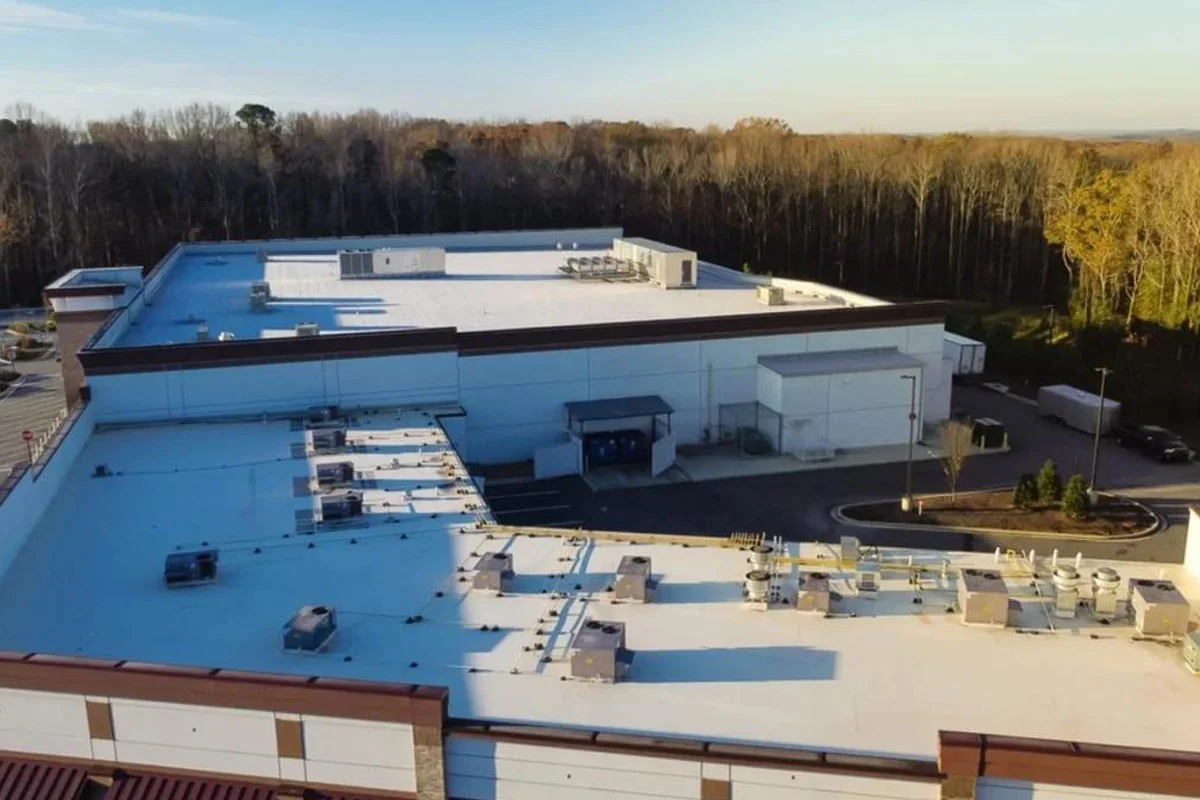
Essential Systems of a Commercial Roof
When it comes to the essential systems of a commercial roof, several components play a crucial role in ensuring its durability and longevity. Understanding these systems is vital for commercial building owners and general managers who want to make informed decisions about roof replacement.
Let’s delve into the key elements that comprise a commercial roof.
Roof Deck
The roof deck serves as the foundation of the entire roofing system. It is the structural component that provides support and stability to the roof. Often made of wood, metal, or concrete, the roof deck acts as a base for the other roofing materials, ensuring they are securely attached and properly aligned. A solid and well-maintained roof deck is essential for the overall integrity of the commercial roof.
Insulation
Insulation is a critical component of commercial roofs, providing thermal resistance and energy efficiency. It helps regulate the temperature inside the building by preventing heat transfer from the roof to the interior during hot weather and minimizing heat loss during colder months.
Properly installed insulation can significantly reduce energy costs and improve occupant comfort. Common insulation materials used in commercial roofs include foam board, fiberglass, and mineral wool.
Waterproofing
To protect the building from water damage, waterproofing is an indispensable aspect of commercial roofs. It involves the application of various materials and techniques to create a barrier that prevents water penetration. This is particularly important in regions with heavy rainfall or frequent storms.
Waterproofing materials such as elastomeric coatings, asphalt, or synthetic membranes are applied to the roof surface to ensure its impermeability, safeguarding the structure beneath from potential leaks and moisture-related issues.
Drainage System
An efficient drainage system is crucial for maintaining the integrity of a commercial roof. It is responsible for redirecting rainwater and melted snow from the roof surface to prevent pooling and potential damage.
A proper drainage system includes gutters, downspouts, and other components that facilitate the smooth flow of water off the roof. Regular maintenance and cleaning of the drainage system are essential to prevent clogs and ensure its optimal functionality.
Understanding the essential systems of a commercial roof is fundamental for making informed decisions about roof replacement. Whether you’re considering upgrading your current roof or seeking professional guidance, it’s essential to consult experienced commercial roofing contractors.
These professionals can provide valuable insights and expertise in selecting the most suitable roofing materials, such as single-ply roofing membranes, modified bitumen roofing, or even spray foam roofing. Additionally, they can offer guidance on other roofing options like TPO roofing systems, EPDM roofing membranes, or even cool roof coatings.
Materials Used in Commercial Roof Replacement
When it comes to commercial roof replacement, choosing the right materials is crucial for ensuring the longevity and durability of your building’s roof. From single-ply membranes to metal roofing, the options are vast and varied. This section will explore some of the most commonly used materials in commercial roof replacement.
Single-Ply Membrane
Single-ply membranes are popular in commercial roof replacement because of their versatility and cost-effectiveness. These membranes are synthetic materials such as TPO (thermoplastic olefin), PVC (polyvinyl chloride), or EPDM (ethylene propylene diene terpolymer).
Single-ply membranes offer excellent resistance against UV rays, chemicals, and extreme weather conditions. They are lightweight, easy to install, and provide a seamless protective barrier for your roof.
Built-Up Roofing (BUR)
Built-up roofing (BUR), known as “tar and gravel” roofing, has been a reliable choice for commercial buildings for decades. BUR systems consist of multiple layers of bitumen and reinforcing fabrics, creating a durable and waterproof membrane.
These membranes are often topped with gravel or mineral granules to protect against UV rays and provide additional fire resistance. BUR systems are known for their longevity and ability to withstand heavy foot traffic.
Metal Roofing
Metal roofing has gained immense popularity recently due to its durability and aesthetic appeal. Commercial buildings with metal roofs exude a sleek and modern look. Metal roofs come in various materials, including steel, aluminum, and copper, each offering unique advantages.
Metal roofing systems are known for their exceptional strength, longevity, and resistance to fire, wind, and hail. They are also environmentally friendly as they can be recycled at the end of their lifespan.
Modified Bitumen
Modified bitumen roofing combines the durability of traditional built-up roofing with the convenience of modern materials. These membranes are made from asphalt and are reinforced with fiberglass or polyester.
Modified bitumen roofs are known for their excellent waterproofing properties and resistance to extreme temperatures. They can be installed using various methods, including heat welding, cold adhesive, or self-adhesive sheets. Modified bitumen roofing is a popular choice for flat or low-slope commercial roofs.
Choosing the material for your commercial roof replacement should be based on various factors, including the building’s location, climate, budget, and desired lifespan. It is essential to consult with experienced commercial roofing contractors to assess your specific needs and recommend the most suitable material for your roof.
Choosing the Right Contractor for Commercial Roof Replacement
When it comes to commercial roof replacement, finding the right contractor is crucial. The expertise and experience of the contractor can make all the difference in ensuring a successful and long-lasting roof replacement project.
As a commercial building owner or general manager, you want to be confident that the contractor you choose is capable of delivering high-quality workmanship and meeting your specific requirements.
Experience and Expertise
One of the factors to consider when selecting a contractor for commercial roof replacement is their experience and expertise. You want to work with a contractor with a proven track record in handling commercial roofing projects. Look for contractors who have been in the industry for a substantial amount of time and have completed similar projects.
An experienced contractor will have a deep understanding of the complexities involved in commercial roof replacement. They will be familiar with the different types of roofing systems and materials, enabling them to provide valuable insights and recommendations tailored to your specific needs.
Furthermore, their expertise will ensure the installation process is done efficiently and effectively, minimizing potential disruptions to your business operations.
Licensing and Insurance
Another crucial aspect to consider when choosing a contractor is their licensing and insurance. Verify that the contractor holds the local licenses and certifications required. This ensures compliance with industry regulations and has the technical knowledge to perform the job safely and legally.
In addition to licensing, work with a contractor who carries comprehensive insurance coverage. This protects you from any liability in the event of accidents or damage during the roof replacement process. Request proof of insurance from the contractor and review the coverage details to ensure they are adequate.
Client References
To gain further confidence in a contractor’s capabilities, it’s recommended to ask for client references. Contact previous clients and inquire about their experience working with the contractor. Ask about the quality of work, adherence to schedules, and overall satisfaction with the services provided.
Client references can provide valuable insights into the contractor’s professionalism, communication skills, and ability to deliver on promises. Positive references from satisfied clients indicate that you can trust the contractor to handle your commercial roof replacement project with the utmost care and professionalism.
Warranty and Maintenance
When evaluating potential contractors, inquire about the warranty and maintenance they offer. A reputable contractor will stand behind their work and provide warranties for the materials used and the installation process.
Understanding the terms and duration of the warranty will give you peace of mind that you are protected against any potential defects or issues that may arise.
Additionally, inquire about the contractor’s maintenance services. Regular maintenance is essential for prolonging the lifespan of your commercial roof. A contractor who offers maintenance programs will ensure that your roof remains in optimal condition, preventing costly repairs or premature replacement down the line.
By considering these factors — experience and expertise, licensing and insurance, client references, and warranty and maintenance — you can confidently select the right contractor for your commercial roof replacement project. Remember, a well-chosen contractor will not only deliver a high-quality roof but also provide you with the peace of mind of knowing that your investment is in good hands.
The Commercial Roof Replacement Process
A systematic process ensures a successful and durable outcome when replacing a commercial roof. This process involves several key steps, including roof inspection, removal of old roofing materials, repairing or replacing substrate, and a new roofing system.
Roof Inspection
The first step in the commercial roof replacement process is a thorough roof inspection.
A professional roofing contractor will assess the existing roof’s condition to determine whether replacement is necessary. They will look for signs of damage, such as leaks, cracks, or blistering, and evaluate the overall age and condition of the roof. This inspection is crucial in identifying any underlying issues impacting the replacement process.
Removal of Old Roofing Materials
Once it has been determined that a commercial roof replacement is needed, the next step is to remove the old roofing materials. This involves stripping away the existing roof down to the roof deck.
Depending on the type of roofing system in place, this may include removing layers of tiles or other materials. The removal process ensures a clean and stable surface for the new roof.
Repairing or Replacing Substrate
After the old roofing materials have been removed, the substrate of the roof is evaluated for any damage or deterioration. The substrate refers to the underlying structure and support system, including the roof deck, insulation, and waterproofing.
If any repairs or replacements are necessary, they are addressed at this stage. This ensures the new roofing system is installed on a solid foundation.
Installation of New Roofing System
The final step in the commercial roof replacement process is the installation of a new roofing system. This process involves selecting and installing the appropriate materials based on the specific needs of the commercial building.
There are various options available, such as single-ply roofing membranes, built-up roofing (BUR), metal roofing, and modified bitumen roofing. Each material has advantages and characteristics, and the choice depends on factors such as durability, energy efficiency, and budget.
During the installation process, the roofing contractor will ensure that the new roofing system is properly installed, including the necessary insulation, waterproofing, and drainage systems. This ensures that the roof is aesthetically pleasing and provides protection against the elements.
The commercial roof replacement process is a comprehensive and meticulous endeavor. From the initial roof inspection to the installation of a new roofing system, each step is crucial in ensuring the longevity and durability of the commercial roof. By following this process, commercial building owners and general managers can have the confidence that their investment in a new roof will provide the necessary protection for their property.

A Roof Replacement Can Ensure the Security of Your Commercial Roofing
Understanding the importance of commercial roof replacement is crucial for commercial building owners and general managers. A well-maintained roof is not only essential for the longevity and structural integrity of a commercial property but also plays a vital role in ensuring the safety and comfort of the occupants.
By regularly inspecting the roof and being aware of signs that indicate the need for replacement, such as age, extensive damage, frequent leaks, and compromised insulation, owners and managers can take proactive measures to maintain their commercial roofs. Seeking the assistance of a professional roofer, such as Roofing USA in Charleston, SC, can provide expert guidance and ensure the highest quality of workmanship.
Staying proactive in maintaining commercial roofs through regular inspections and timely replacement, with the help of professionals like Roofing USA, is not only a practical decision but also a sound investment that ensures the safety, longevity, and efficiency of the commercial property.
Contact Roofing USA for a Free Commercial Roof Inspection today!


